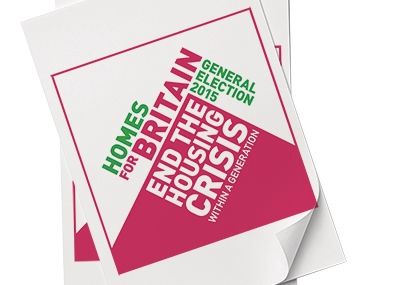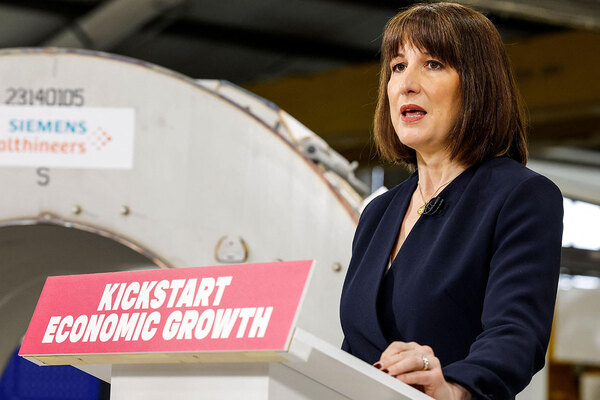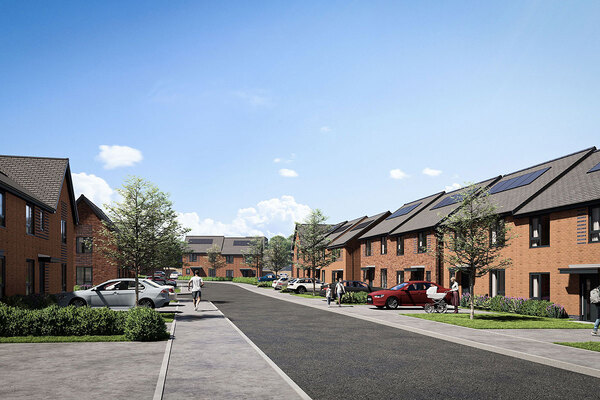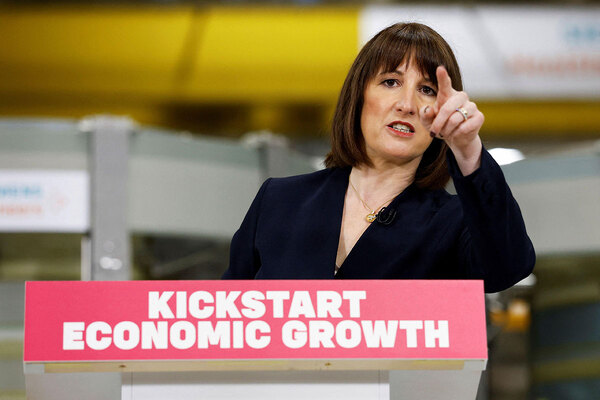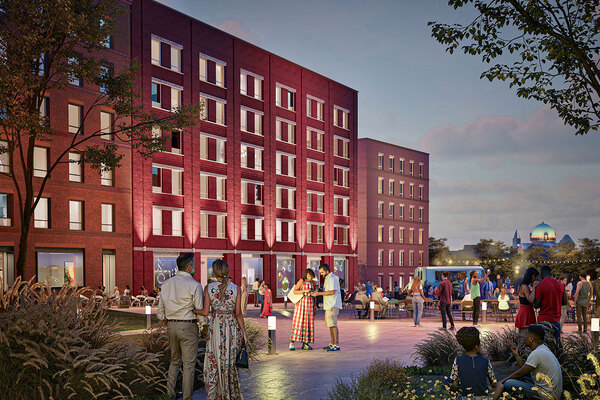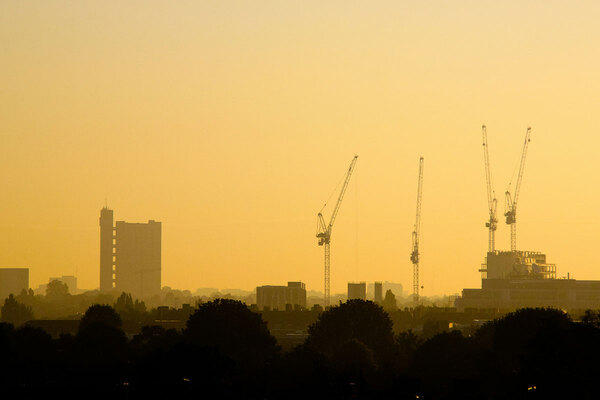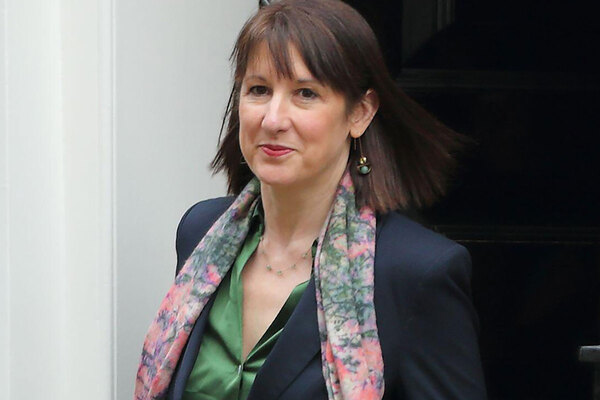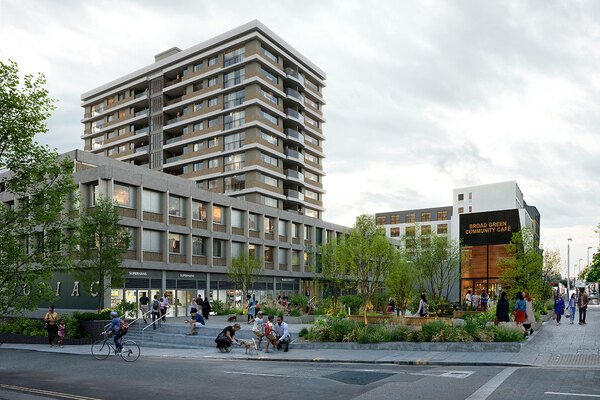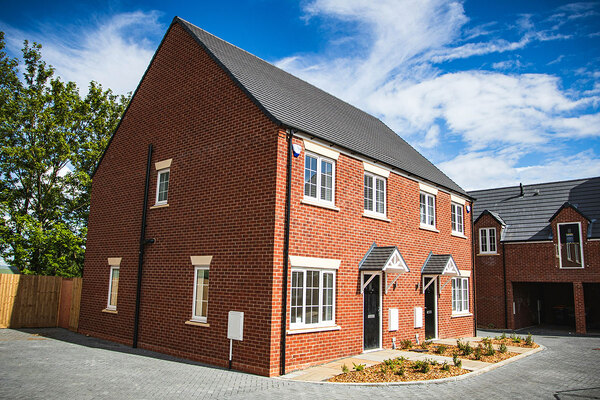You are viewing 1 of your 1 free articles
Homes for Britain
Inside Housing is backing the Homes for Britain campaign. Lia Sanders explains what the campaign is about and why it deserves your support.
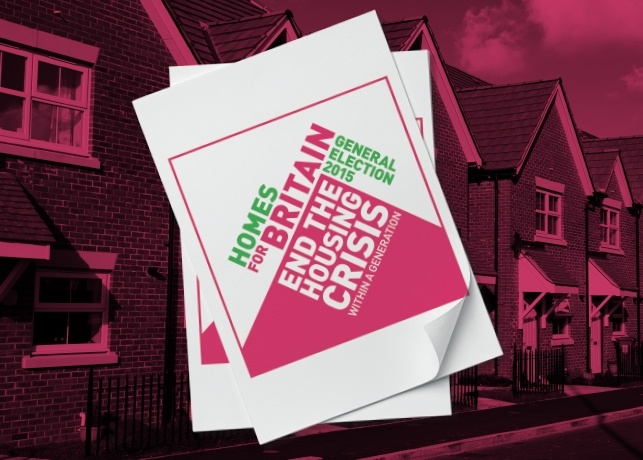
Source: Istock / Shutterstock
It is fair to say that the election campaign of 2010 did not shine much of a spotlight on housing. Public interest was low, politicians largely treated it as an afterthought and the housing sector was fragmented and, as a result, its voice made little impact at the stump.
Fast forward to the present day and the housing sector has attempted to learn its lessons ahead of the May election. Its answer? The Homes for Britain campaign, which is now five months in.
The campaign is led by eight organisations (see box), but importantly is also backed by hundreds of organisations across the housing world.
The message is simple. All political parties should commit to ending the housing crisis in a generation and the new government, regardless of who is victorious in May, should publish a long-term plan for housing within a year of taking office that sets out how they will do this.
A total of 31 trade bodies, membership organisations and charities have signed up as supporters so far. The campaign has brought together private landlords with housing associations, builders with planners and has even managed to sign up social housing campaign group Social Housing Under Threat (SHOUT). Since the party conferences in September, the campaign has been gathering momentum, and has hit three of the six milestones which count down to election day.
Today, Inside Housing can announce that it too is backing the campaign. A seminal review into housing supply by economist Kate Barker in 2004 estimated we need 250,000 homes a year to keep up with household formation - an estimate shared with homelessness charity Shelter. In 2014, according to the National House Building Council, there were just 145,174 new homes registered – meaning we are building around 100,000 homes fewer than we need just to stand still.
The effects of this growing shortfall can be seen already. Lack of mortgage availability, hundreds of thousands pushed into a private rented sector where standards are patchy; growing pressure on councils to find ever elusive temporary accommodation for families, and at the other end of the scale, a lack of investment and a market failure leading to empty homes in some northern towns.
‘We need real political buy-in to solve the issue, which is why everyone in housing needs to unite behind Homes for Britain to push housing up the political agenda and attempt to tie politicians into commitments to solve the problem,’ said Emma Maier, editor of Inside Housing.
Inside Housing will also work to provide evidence of the varied good work social landlords do to different government departments.
Hitting milestones
So what is planned for Homes for Britain over the next few months?
So far, the campaign has hit three milestones: housing events at the party conferences; #HousingDay on social media and the Ho Ho Homes for Britain ecards that were sent to MPs. ‘Amplifying the message’ is the name of the fourth milestone which began on 26 January, and is seeing 50 blogs over 50 days on the Homes for Britain website by people involved in the housing sector or affected by the housing crisis.
It is an attempt to show how people across the country have been affected by the housing situation, arguing that it needs a political solution. This builds on previous online initiatives such as #HousingDay in November when 30,000 tweets reached more than seven million people.
James Green, head of external affairs at National Housing Federation (NHF), believes that the simple milestones help to create a sense of shared purpose. He says: ‘We want there to be a number of moments between now and the election where the whole housing world can come together and campaign together in a very clear way.’
Mr Green points out that when discussions started ‘organisations were sitting across the table from each other who had never worked together before, and who often were at odds with each other’.
Homes for Britain rally
These blogs will culminate in a rally at Methodist Central Hall in Westminster n 17 March, during Parliament’s last fortnight before it dissolves. With more than 4,000 ticket applications and only around 2,200 spaces, Homes for Britain is currently in the process of allocating tickets to organisations as far removed as Barratt Homes and Shelter.
Party leaders David Cameron, Ed Miliband and Nick Clegg have been invited. A variety of high-profile speakers and performers are being considered. Mr Green adds: ‘We are looking for celebrities and speakers that everyone can agree on.’
This is, of course, small fry compared with overcoming the original challenge of ensuring Homes for Britain would be universally backed. Boris Worrall, executive director of futures at housing association Orbit, has been advising Homes for Britain on the way they package their campaign. ‘It is a broad enough message that whether you are a house builder, a housing association or a charity, you can get behind it,’ he explains.
Yet this also means everyone has their own interpretation of what ‘to end the housing crisis within a generation’ means – and how it should be achieved. For instance, for Tom Murtha, chair of housing charity HACT and a member of SHOUT, this can only mean ramping up government grant for social housing: ‘If you want to increase the supply of housing in the country, a major part of that has got to be public investment in social housing.’
Ad campaign
It is not just the 2,000-odd housing campaigners piling into Westminster who will alert the politicians. Homes for Britain has commissioned an advertising campaign from AMV BBDO, better known as the ad agency which produced Sainsbury’s Christmas commercial which showed the World War One Christmas truce. For the last month of parliament, Westminster tube station will be covered in Homes for Britain advertising.
This has been made possible by the funding provided by supporters of the campaign. The main partners have lent resources and staff to the campaign; for example, the Residential Landlords Association hosts the website on its server. When March comes, the campaign will be also be able to draw on a vast amount of free advertising space by encouraging all their supporters to display their adverts on tenants’ newsletters, as well as on their websites, emails, vans and hoardings.
Long-term change
Perhaps most worrying for the campaign is that housing is currently not seen as a voter priority. In May 2010, 5% of respondents to a survey by Ipsos Mori saw housing as the most important issue facing Britain today; in December 2014, that had increased to 11%- but this figure is still miles behind issues such as immigration and the economy on 47% and 33% respectively.
The supporters of Homes for Britain are aware that their ask is vague, and unlikely to win an overwhelming change in public opinion by the election. However, it is has built the foundations for meaningful change.
Steve Turner, spokesperson for the Home Buildings Federation says: ‘The housing crisis we’ve gotten into has taken a decade to create; we are not going to solve it in the next five months in the run up to the election.’
That may be the case, but the strengthening relationships between the different campaign organisations can only lead to the sector having a stronger voice in the future.
Homes for Britain’s campaign leaders

Homes for Britain welcomes Inside Housing on board
David Orr, chief executive, National Housing Federation
We are delighted by the news that Inside Housing is backing Homes for Britain. With the election fast approaching, we need to put housing at the top of the public agenda. As a sector, we simply cannot afford to let this moment pass us by. Never have we been in a stronger position to send out a clear message that strong leadership and real action is required to end the housing crisis within a generation.
I do not need to remind Inside Housing readers how very real this crisis is, but the numbers do not fail to astound. First-time buyers are now expected to find a deposit 10 times the size of their 1980s counterparts, but salaries have only risen by a fraction of that. And this reality is borne out in public opinion; almost eight in 10 people in England think it’s harder to own a home than it was for their parents.
The public are clearly at breaking point, and yet I spent much of 2014 talking to politicians, senior officials and political advisers about housing who say that they recognise there is a housing crisis, but give no indication that it requires urgent action. This reality, too, is borne out in public opinion: 80% of people do not believe any of the main political parties will effectively deal with housing, but they still have a chance to put that right.
With 83 days left until the election, just over a month until the Homes for Britain rally in Westminster and with housing association staff up and down the country gearing up to spread the message about Homes for Britain, there’s a real feeling that this is our chance to make a difference. We need to be bold in the run-up to the general election and call on everyone in housing to use their expertise and knowledge to make sure this time around, housing doesn’t go unnoticed - and I think that we’re doing that.
A long-term plan can only happen if there is cross-party support. Housing can no longer be a political football; it must be a shared, countrywide endeavour.
As a sector, we have put our differences aside; my hope is we start to fix the housing crisis for our children.

